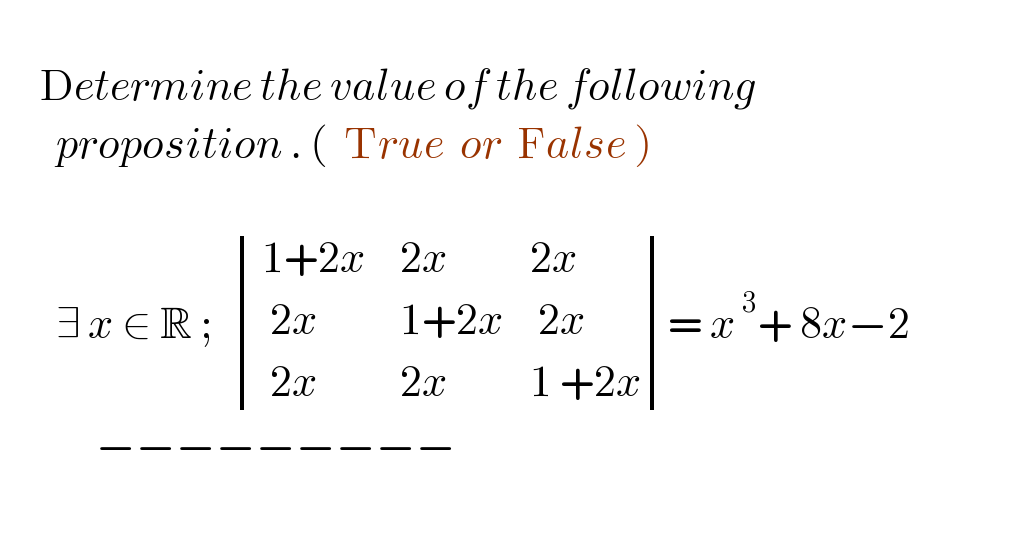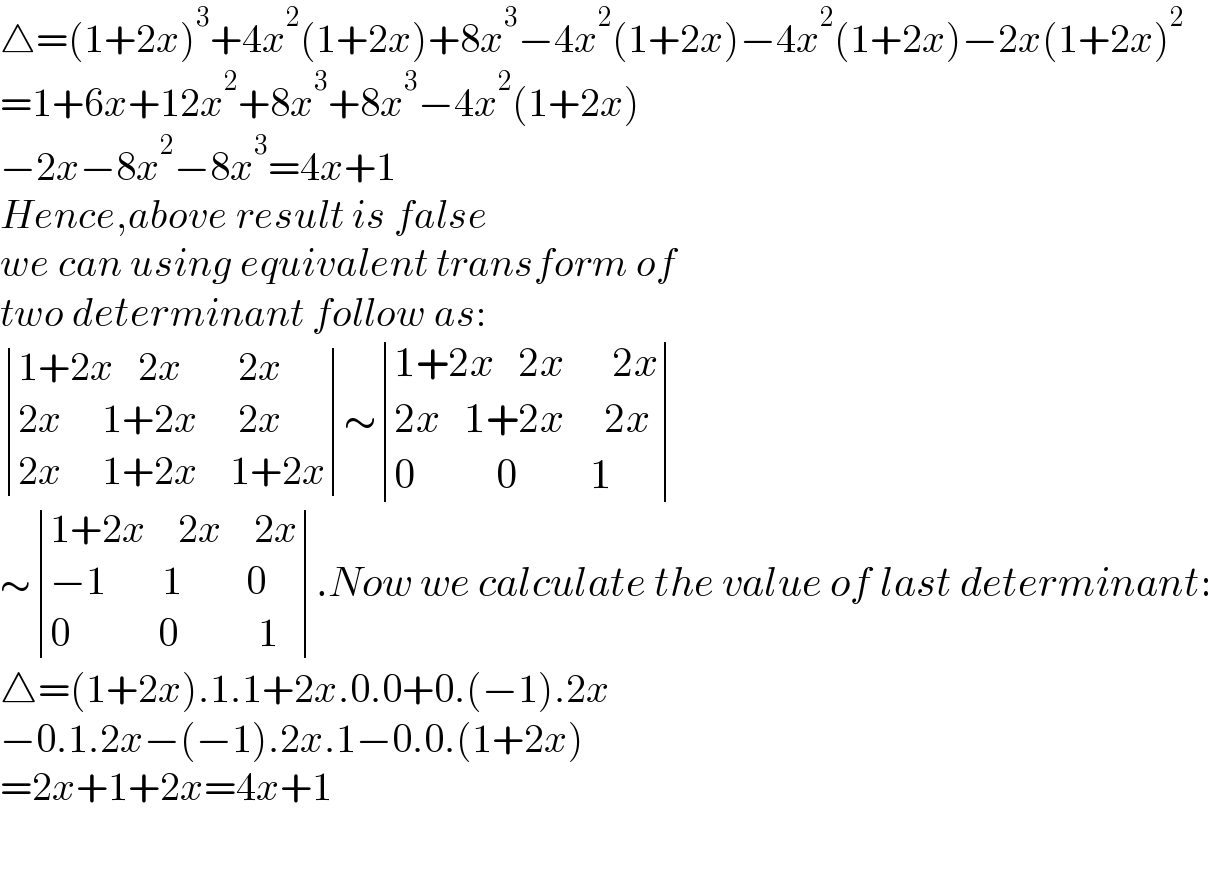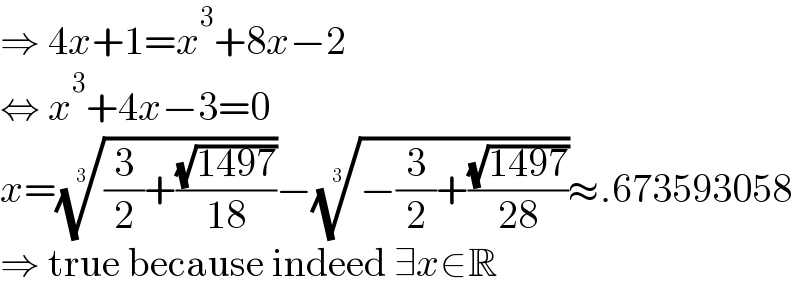
Question and Answers Forum
Question Number 161369 by mnjuly1970 last updated on 17/Dec/21

Answered by 1549442205PVT last updated on 17/Dec/21

Answered by MJS_new last updated on 17/Dec/21

Commented by 1549442205PVT last updated on 18/Dec/21

| ||
Question and Answers Forum | ||
Question Number 161369 by mnjuly1970 last updated on 17/Dec/21 | ||
 | ||
Answered by 1549442205PVT last updated on 17/Dec/21 | ||
 | ||
| ||
Answered by MJS_new last updated on 17/Dec/21 | ||
 | ||
| ||
Commented by 1549442205PVT last updated on 18/Dec/21 | ||
 | ||